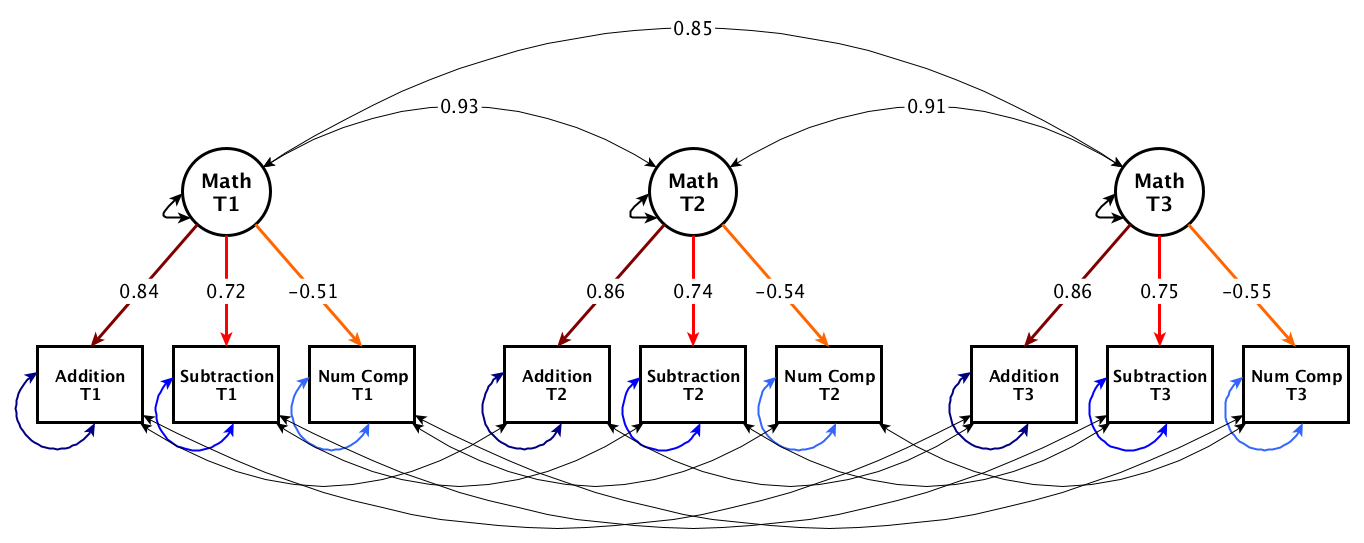Spatial Cognition RCT
- 3 minsWe set out to answer the question:
- Does training different types of spatial tasks help kids improve in mathematics?
For an in-depth look check out the paper or the Github repo! If you have any further questions just reach out and ask me :)

Abstract
Spatial and mathematical abilities are strongly associated. Here, we analysed data from 17,648 children, aged 6–8 years, who performed 7 weeks of mathematical training together with randomly assigned spatial cognitive training with tasks demanding more spatial manipulation (mental rotation or tangram), maintenance of spatial information (a visuospatial working memory task) or spatial, non-verbal reasoning. We found that the type of cognitive training children performed had a significant impact on mathematical learning, with training of visuospatial working memory and reasoning being the most effective. This large, community-based study shows that spatial cognitive training can result in transfer to academic abilities, and that reasoning ability and maintenance of spatial information is relevant for mathematics learning in young children.
Brief Overview
Every child completed identical training in the first week, on the 2nd week (out of 7) they were randomized into one of the 5 training plans below. These plans differed on the amounts of working memory, rotation, or non-verbal reasoning exercises.


We measured mathematics at three timepoints with in-app tests (i.e., addition, subtraction & number comparison) which we combined into a latent mathematical factor.


As expected this mathematical factor was highly correlated with mean performance in the training tasks in the first week. As seen on the training curves below all of the trained tasks significantly improved over the seven weeks. The lower correlation between NVR and baseline Math is most likely due to constrained variance in the first week, which can be seen on the training curves of NVR.


After 7 weeks we found non-verbal reasoning (NVR) to have the largest effect on mathematical improvement, followed by working memory. Conceptually we grouped Tangram & 2D rotation as both rotation tasks. Since this study had no passive control we cannot claim rotation has no effect on mathematics, just that it has less than working memory and non-verbal reasoning.
It is hard to estimate the effect size of our intervention since we have no training plans without cognitively demanding tasks. Another consideration is that we only changed 30% of the training programs, therefore all children completed a similar 70% of mathematic and working memory training. The difference between the least effective (rotation heavy) and most effective training plan (NVR only) was .06 SD’s.
While this would be classically considered a very small effect size. Using modern effect size metrics in education this would be classified as an intervention with a medium effect which has a low cost of implementation and is easy to scale (Kraft, 2020). For a list of relevant recent effect size literature see section ‘effectsizes’.